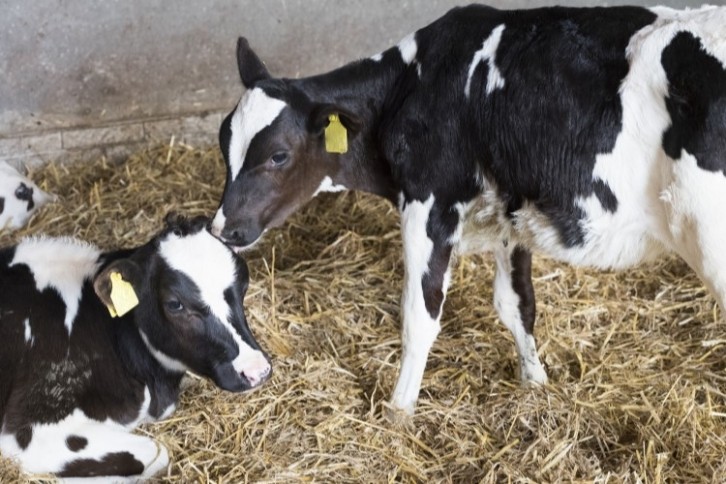New evidence on endometritis’ impact on dairy cow fertility

Veterinary researchers from Poland’s University of Warmia and Mazury studied the effects of subclinical endometritis on dairy cows’ fertility and pregnancy outcomes to determine how the often-hidden uterine disease affects cows that had recovered from clinical endometritis, the symptomatic manifestation of the infection.
This is the first time that the link between subclinical endometritis – known also as asymptomatic or cytological endometritis – on cured cows’ reproductive performance had been studied.
Clinical endometritis (CE) has long been associated with impaired fertility in dairy cows – but little is known how the asymptomatic manifestation (SE) of the disease affects symptom-free cattle.
To date, researchers have found that CE affects around 20% of cows - though the incidence may be higher – leading to economic losses due to cows taking longer to conceive as well as increased culling rates and treatment costs and reduced milk production.
SE has also been associated with impaired reproductive performance and its prevalence may vary from 15-70%, according to research. Cows with CE also have a high risk of developing SE, highlighting the need for new research into how SE affects fertility.
How did subclinical endometritis affect dairy cows cured from CE?
To answer the study’s main objective, the Polish researchers examined 800 Holstein Frisian cows; diagnosed CE in just over a quarter of them (222, or 27.75%); and assigned these animals across 3 treatment groups: cephapirin (72), PGF2 (73) and a untreated control group (77).
Cow without signs of CE were considered cured and additional samples were collected to diagnose SE. Overall, SE was detected in about 41% of cured cows.
Of those suffering from the asymptomatic infection, 18.2% experienced pregnancy loss versus 4.7% of those without SE.
What's the difference between clinical and subclinical endometritis?
Clinical endometritis is an inflamation of the lining of the cow's uterus; it is associated with a visible discharge.
Subclinical endometritis is an asymptomatic uterine disease that is diagnosed cytologically (i. e., by examining cell samples under a microscope).
CE and SE are typically diagnosed between 3-5 weeks postpartum and may overlap.
Cured cows with SE showed ‘a tendency towards lower first AI conception rate, longer interval calving to conception, lower pregnancy rate 200 days after AI, and higher culling rate compared to cows without SE,’ the authors explain.
“In our present study, pregnancy loss was significantly higher in cows with SE after the resolution of CE. This finding is consistent with greater embryonic loss in cows with uterine inflammation as evidenced by a high proportion of PMNs in the uterine lumen.
“It seems that an inflamed uterine environment impacts embryo quality and survival. SE is associated with local inflammatory reactions resulting in an unfavourable uterine environment for embryo development.”
Additional research is needed to confirm the study’s results, the authors conclude.
Source:
Fertility outcomes in cows with subclinical endometritis after clinical cure of clinical endometritis
Baranski, Wojciech, et al.
Published: Ir Vet J. 2024; 77:20, 10 October 2024
DOI: 10.1186/s13620-024-00281-0









